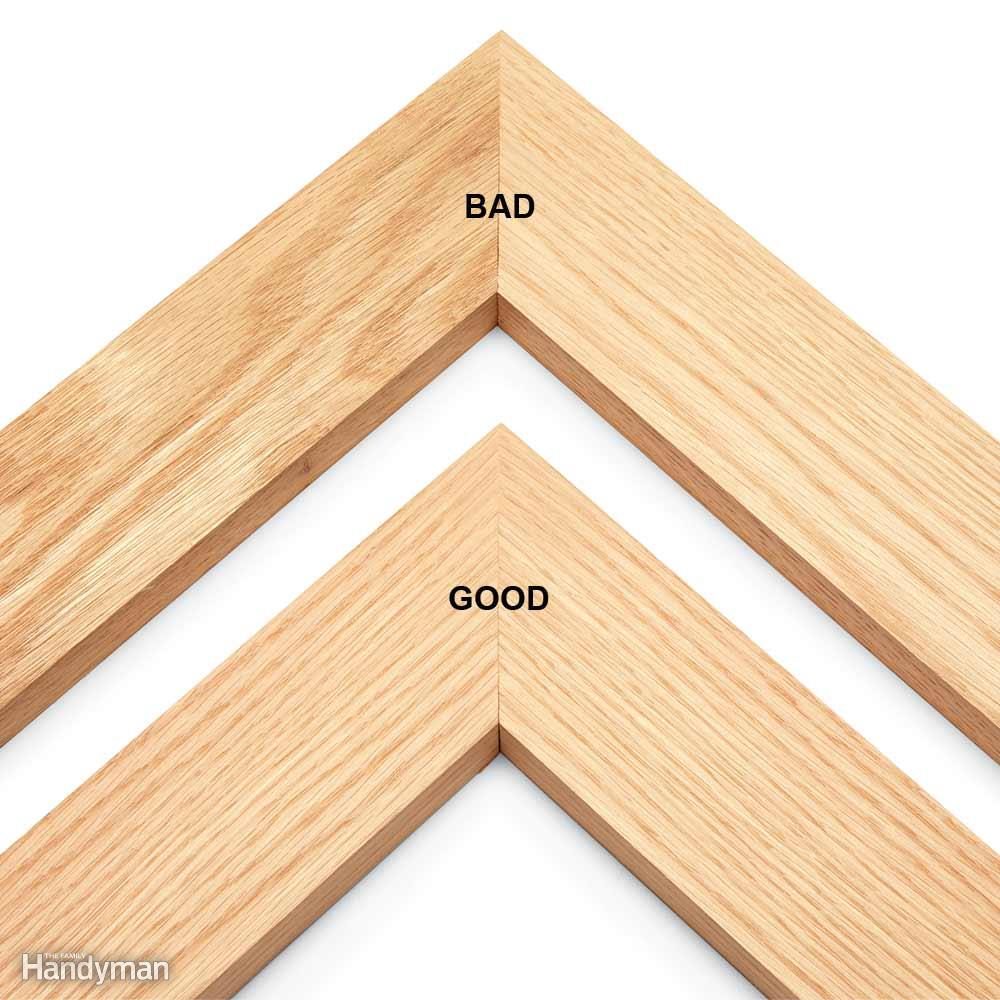Community, Leadership, Experimentation, Diversity, & Education
Pittsburgh Arts, Regional Theatre, New Work, Producing, Copyright, Labor Unions,
New Products, Coping Skills, J-O-Bs...
Theatre industry news, University & School of Drama Announcements, plus occasional course support for
Carnegie Mellon School of Drama Faculty, Staff, Students, and Alumni.
CMU School of Drama
Friday, February 17, 2023
Subscribe to:
Post Comments (Atom)

2 comments:
As someone who is a perfectionist and stressing in the scene shop on crew calls when it’s my job to join things at right or perfect angles I find this article very helpful, like I’m being told tips and tricks by a seasoned carpenter that you often only learn from experience. I didn’t know that an activator existed for wood gluing where you could bond things in seconds. I also liked the tip about the wet rag to remove any excess glue then sanding to get a clean finish. Relevant to my experiences in crew calls I also like the tip of doing one miter at a time to get a perfect fit relevant to the last piece you just laid down. While I know there are schedules that have to be followed for scenic pieces I’ve witnessed cases where something like floor boarding is all cut out beforehand instead of adjusted along the way and has caused a lot of seams to not line up and be crooked in scenarios where that could’ve been avoided if pieces were cut and installed one a time.
We make miter cuts a lot in theater but speaking for myself when I do them I can never get them quite right. This article addressed 45 degree angles. It seemed the article was primarily aimed at framers and contractors creating frames, doors, and details. I found the sticky note method fascinating for cutting down that 1/10th of an inch, but I also recognize in theater there is not always time to make a cut that precise. What I did find very insightful was the idea of framing around a square board so when you do have to create 45 degree miters you can be exact and make sure those miters match up. On the opposite side of that I think the advantage to a 45 degree miter, at least when you have enough length in the stick of lumber, is that you can just make one cut and use both pieces, framing them around a board, speed square, or framing square to make sure your miter matches perfectly.
Post a Comment